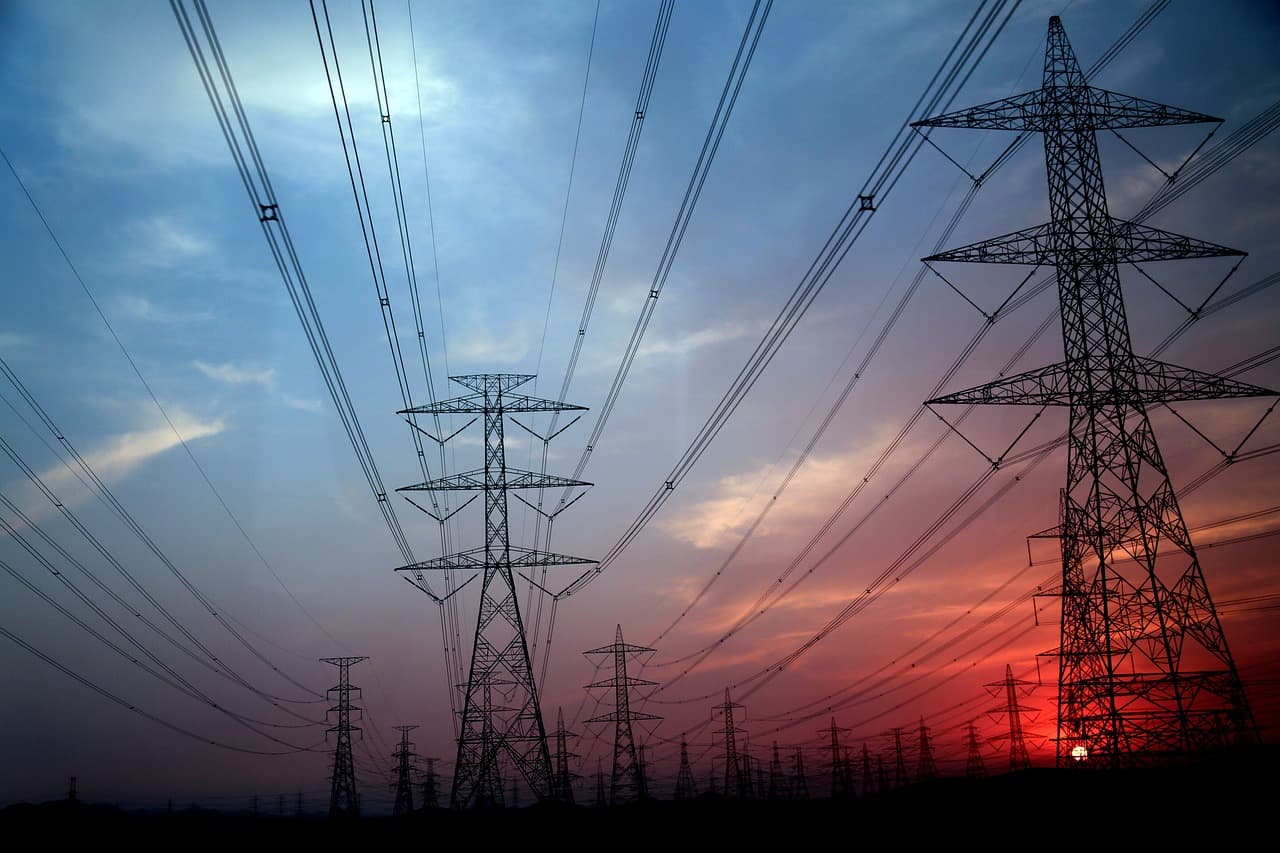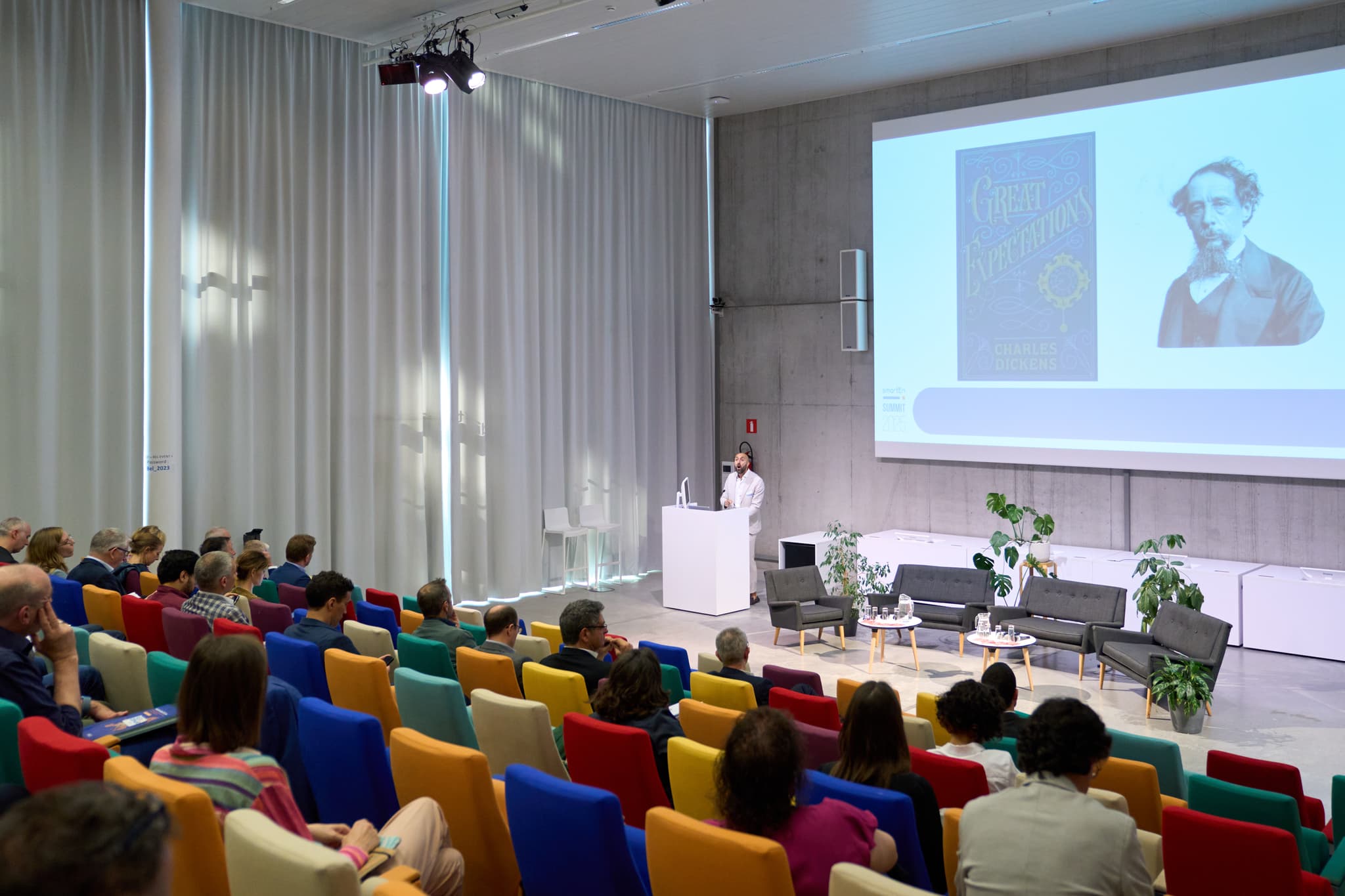Flexible electricity use cuts emissions, but adoption is hard
At the smartEn Summit, experts explored solutions and debunked myths about flexible electricity use.
Published on May 23, 2025

Polya is a Brussels-based journalist, storyteller, and writing enthusiast specializing in street art, design, traveling, and innovation.
Flexible electricity consumption, also known as demand-side flexibility (DSF), enables consumers to adjust their energy consumption to the needs of the electricity grid. This is done, for example, via smart devices or apps that shift the use of washing machines, cars, or heating to times when there is a lot of green electricity available.
This leads to lower bills, fewer emissions, and a more stable electricity grid. During the smartEn Summit held in Brussels this week, experts and policymakers shared their insights on DSF. IO+ was there to report on the event.
The potential financial gains that DSF could bring by 2030 are €300 billion in indirect annual benefits, according to the smartEn 2024 report. However, there are more than just financial benefits. For example, running a dishwasher when it is sunny and solar panels are at peak performance also stabilizes the grid and reduces emissions.
But DSF is often clouded by myths and misconceptions about price and scalability, which often hinder adoption; despite its clear benefits for consumers and its ability to enhance energy resilience and sustainability.
During the recent SmartEn Summit, themed around Charles Dickens’ Great Expectations, many experts, policymakers, and stakeholders had the opportunity to debunk the above-mentioned myths and explore potential solutions. One thing was mentioned in all presentations: success could be achieved only by collaborating and communicating with each other. As Vilma Kaza from Google put it, “We talk to each other, find solutions, and bring more predictability of future demands together.”
Director of SmartEN: regulatory barriers
The event kicked off with a welcome speech by the executive director of SmartEn, Michael Villa. He highlighted that the flexible demand management industry comprises various companies that leverage digitalization, AI, and machine learning. Villa also addressed the regulatory barriers that the industry faces. “Due to regulation, we are still not allowed to access open markets to bid into and valorise our contribution,” said Villa. Despite being able to improve energy efficiency, companies still do not have the necessary access to markets where they could offer and earn from their services. “Our industry is dependent on the rules of the game, on the national implementations of the EU electricity market design and the rules that the EU has been shaping over the past years in Brussels,” he noted.
Regulatory efforts include the proposed EU Network Code on Demand Response, expected to create common rules across countries and make it easier for homes and businesses to participate in energy markets. The code will help us use more renewable energy and make the electricity system more flexible and reliable. The proposal for the Code on Demand Response has been submitted to the European Commission for review and is expected to be adopted in late 2025 or early 2026.

Consumer adaptation: a challenge
While regulation presents one side of the problem, another significant challenge lies in consumer adaptation to DSF and trust. MEP Benedetta Scuderi from the Greens explained that consumers face time limitations because of their household responsibilities, commuting, and other commitments. She highlighted that flexible electricity usage requires predictability, but “this is not how it works in real life.”
Trust among customers is a growing concern. Many users worry that embracing flexible electricity means that they will lose control of their own devices, appliances, and routines. “Fear of giving up control is real,” said Charlotte Johnson, General Manager, Infrastructure Flex at Kraken. This is a key barrier to consumer adoption. She gave an example: customers often ask for an override button when their EV is charging. “We added that feature because it was a top priority for users, therefore, it had to be there. But in the end, no one used it.” The presence of the option to take control, even if it is not used, gives the user confidence that they call the shots. Johnson added that people need to feel in control, even if they never exercise it.
The lack of trust can slow down the adoption of DSF technology. For flexibility services to scale and be the desired choice, users need to see not only good incentives and user-friendly interfaces, but they also need to be reassured that they are in control.
Financial barriers deter adoption
Financial barriers also deter wide adoption, says Scuderi. High upfront costs for smart meters, devices that provide real-time data on energy usage, enabling consumers to respond to price signals, exclude low-income households, and require subsidies.
The role of data
Rolf Riemenschneider from the European Commission’s DG CONNECT emphasized the role of data: “You need data to create awareness about changing needs of customers. Once you know what the consumer wants, you can customize the service.” MEP Anna Stürgkh from the Renew Europe Group also emphasized the urgency around data. She warned that without standardized and accessible information, the digital infrastructure needed for DSF simply can't function.
“We’re just not good enough at collecting data and making it accessible across different levels,” she said. Even in advanced countries like Austria, data fragmentation poses a significant challenge. Companies need to focus on cybersecurity and data interoperability because they are key for DSF.
“We need to accelerate in this space because we would like to avoid incidents happening caused by cyber-attacks,” said Henrik Madsen, Head of Centre and Professor in Stochastic Dynamical Systems at the Technical University of Denmark.
The U.S. has advanced smart grid interoperability through standards like IEEE 2035, which ensure energy technologies can communicate seamlessly. Europe needs a similar push to enable secure, automated energy systems and scale up demand-side flexibility safely.
Simplification is needed
Simplification emerged as another recurring theme. Scuderi advocated for user-friendly technologies like smart thermostats, stating, “They do the job for you.” Such tools automate DSF, reducing the manual and mental work of consumers.
Cities also play a pivotal role in DSF adoption, but many overlook it. “All local authorities today are trying to design their local strategies to become climate-neutral. They never really look at demand flexibility,” Claire Roumet from Energy Cities pointed out. Instead, cities focus on familiar solutions like district heating or EV charging. Roumet argued for simpler communication and urged a shared narrative, stating the importance of storytelling, communicating the benefits of decentralization, renewables, and flexibility as sources of support.
Sarah Jane Jucker, Founder and Managing Partner of EPQ, was another advocate for the simplification of products and schemes. She states, “We can’t simplify everything, but we have to make the effort.”
